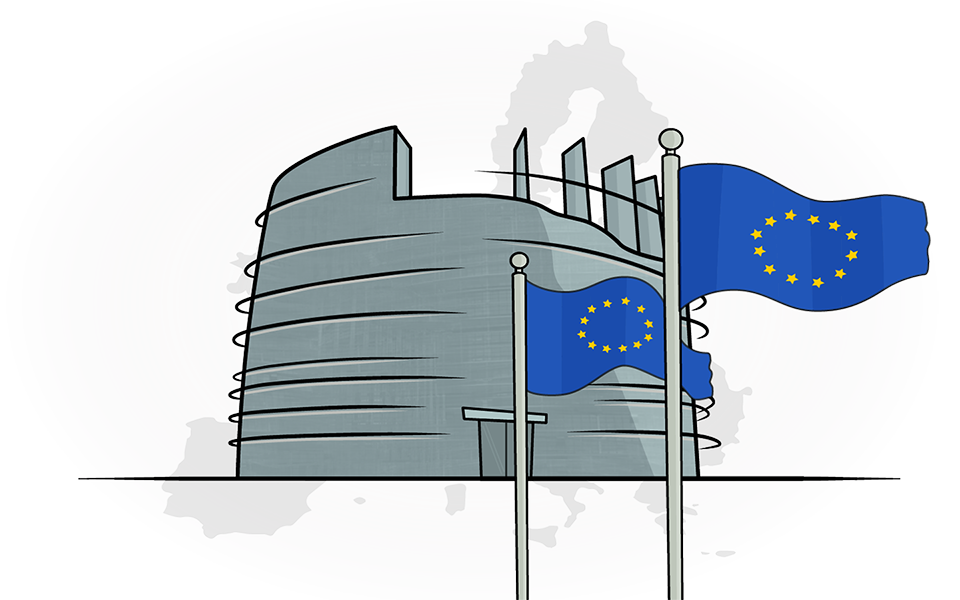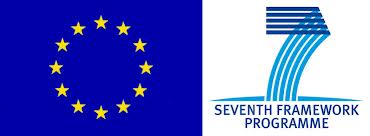Links for professionals
This section contains a collection of the most important communication and educational projects about medical research for journalists aimed at increasing their knowledge about clinical trials and improving their reporting of medical news.
This project aims at improving medical news reporting in the media. The Media Doctor team – a panel of academics and clinicians – assesses the quality of news about treatments and drugs by means of a standardised rating scale and provides reviews of “good” and “bad “ examples of reports.
Look at the German website Medien Doktor or the Australian Mediadoctor and the Hong Kong Mediadoctor.
HealthNewsReview.org (US)
This website has been developed for improving “public dialogue on health care by helping consumers in critically analyzing claims about health care interventions and by promoting the principles of shared decision-making, reinforced by accurate, balanced and complete information about the tradeoffs involved in health care decisions”. A group of dedicated reviewers periodically publishes news that strictly adhere to correct information criteria.
Equator Network (United Kingdom).
The EQUATOR (Enhancing the Quality and Transparency of Health Research) website is published by the Centre for Statistics in Medicine, University of Oxford. Launched in June 2008, the network provides freely accessible links to published guidelines and works to improve the reliability and value of medical research literature by promoting transparent and accurate reporting of research studies. The section Toolkits includes tools for different user profiles (authors, editors, guidelines developers, librarians while the section Library is dedicated to health research reporting.
Health Knowledge (United Kingdom).
The website provides informative and educational contents (books, documents and videos) about health, wellbeing and treatments. Amanda Burls, partner of the ECRAN project, is among its authors. The section Finding and Appraising the Evidence includes six modules, one of which about clinical trials, dealing with “the process of how to find the evidence and then how to assess the validity and reliability of the published research in order to provide effective and efficient healthcare”.
NHS - Behind the headlines (United Kingdom)
This section of the NHS (National Health System) website offers a reading guide for medical news and scientific papers developing a list of questions (such as “Where did the story come from?”, “What kind of research was this?”, “What did the research involve?”, “What were the basic results?” “How did the researchers interpret the results?”) for assessing the quality and reliability of articles and reports.
Knight Science Journalism program, MIT (United States)
The section “Health & Medicine Stories” from the Knight Science Journalism program of the MIT (Massachusetts Institute of Technology) – which has trained hundreds of scientific journalists worldwide - selects and comments daily news and facts about medicine and health in a blog style.
(German link inside)
Partecipasalute (Italy)
In the Partecipasalute website, the section Trial al setaccio (Sifting a study) describes the clinical trials conducted in Italy, their goals and the reasons for enrolling. Each study is analyzed according to the checklist proposed by the World Health Organization and the International Committee on Medical Journal Editors
Science writers in Italy (Italian)
The Italian Science Writers Association (SWIM) – member of the European Union of Science Journalists’ Associations (EUSJA) and the World Federation of Science Journalists (WFSJ) – has the aim of “becoming a reference point for all Italian professionals interested in science and science writing”. It organizes training courses and offers guides for science writers.
Erich-Brost Institute of Journalism (German, homepage also in English)
Founded in 1991 and named after one of the most renowned German journalists, the Institute provides “a platform for exchanging ideas on international journalism by creating a worldwide network of scientists and professionals”. Also active in media research and journalism education, the Institute organizes conferences and participates in international projects.
August 2010, Centers for Disease Control and Prevention (CDC) (English)
The Health Communicator’s Social Media Toolkit
“A guide to using social media to improve reach of health messages, increase access to your content, further participation with audiences and advance transparency to improve health communication efforts”.
April 2012, Centers for Disease Control and Prevention (CDC) (English)
Guide to Writing for Social Media
Learn how to write more effectively using multiple social media channels, in particular Facebook, Twitter, and mobile phone text messaging, thanks to the vast expertise of CDC in health communication campaigns and activities. The guide is intended for a beginner audience, although some readers with an intermediate level may find it useful too.
April 2009, Centers for Disease Control and Prevention (CDC)
Simply Put. A guide for creating easy-to-understand materials
One of the most updated and exhaustive CDC toolkit with a complete list of references, this guide offers several useful sections: for example a section about translations (back-translation is highly recommended) and a section describing how to write in “plain language”, with links providing examples such as how to improve a document adopting plain language, and online software able to calculate the readability of a text (SMOG and ATOS).







